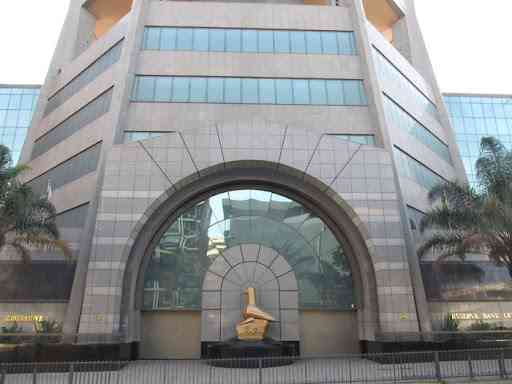
FINANCE, Economic Development and Investment Promotion minister Mthuli Ncube last week announced a raft of measures to support the use of the local currency, the Zimbabwe Gold (ZiG).
ZiG, which debuted in April is seen as Zimbabwe’s key steps towards de-dollarisation despite the United States dollar ruling the roost with 70% of local transactions being conducted in the greenback, according to official statistics.
ZiG is backed by a basket of reserves that include foreign currency and precious metals, mainly gold.
In his mid-term fiscal policy review last Thursday, Ncube said government would implement monetary and fiscal measures that engender trust, wide acceptance and use of the domestic currency in order to “progressively switch the foreign and local currency mix in the economy in line with the de-dollarisation strategy.
He said some user fees would be paid in local currency although they would be pegged in the United States dollar.
The Treasury chief also proposed the payment of customs duty on selected finished goods that input into production in specified industries in ZiG to “promote usage of the local currency”.
After initially missing the target, Ncube said he would amend tax legislation to allow companies to pay half of their corporate income tax in ZiG. The companies will be compelled to pay more in local currency if they get more revenue in ZiG. If they get more revenue in foreign currency, they will still be required to pay half in local currency.
Government in June asked companies to pay their corporate income tax in local and foreign currency on a 50:50 basis.
- Budget dampens workers’ hopes
- Govt issues $24 billion Covid-19 guarantees
- Letter to my People:They have no answers for Nero’s charisma
- ZMX to enhance farm profitability
Keep Reading
This was meant to bolster ZiG. However, there was no enabling legislation which meant that companies were not compelled to adhere to the 50:50 basis.
We strongly feel Treasury slept on the wheel as it failed to come up with the enabling legislation which could have gone a long way in boosting usage of the new currency.
At the launch of ZiG, central bank chief John Mushayavanhu projected a stampede for ZIG when companies prepare for the second quarterly payment date (QPD) on June 25.
At the time, Mushayavanhu said fuel companies would be compelled to look for the local currency which would force them to sell in ZiG.
All hope is not lost, however.
Treasury wheels must move faster so that amendments to legislation to facilitate payment of at least half of corporate income tax in ZiG are made as the third QPD is coming at the end of September.
There is need for enforcement to ensure that ministries, departments and agencies accept payment of user fees in local currency.
The policy had been in existence, but authorities fell short on implementation with people being told the point of sale machine is not working or the system is down which works against the de-dollarisation thrust.
Government believes ZiG is adequately supported as US$77,4 million equivalent in ZiG was in circulation as at end of May 2024 with a reserve backing of US$349 million, according to official statistics.
The success of ZiG depends on the efforts of fiscal and monetary authorities. The central bank announced recently that it will pump US$50 million into the interbank market amid a build up in pipeline demand for foreign currency.
This will help meet demand and reduce reliance on the parallel market which companies turn to if they fail to access foreign currency through official channels.








